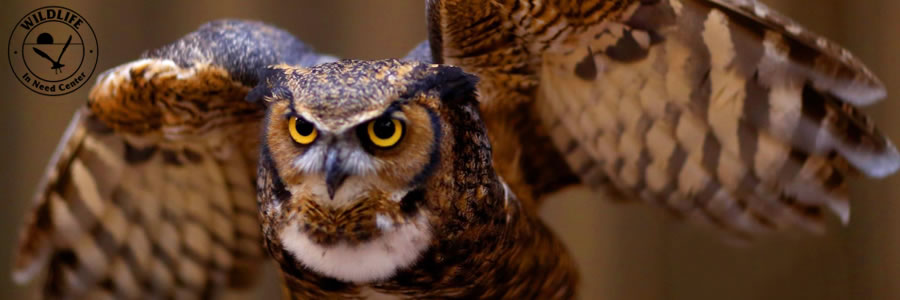Infant Rabbit Emergency
Rabbits are on their own at 3 to 4 weeks of age. Their main defense mechanism against predators is to remain completely still so as not to be seen. That is why it is so easy to closely approach a very young bunny. If you see a small rabbit that is about 4 inches in length from nose to tail in a hunched position, it is already independent of its mother.
Unlike most infant mammals baby bunnies have a very large stomach capacity that can hold large amounts of milk. This allows mother rabbits the ability to visit the nest only twice a day (typically at dawn and dusk) to feed her infants reducing the risk that she will draw attention to them by her presence. The rest of the time the infants are left unattended covered only by a layer of grass. Rabbit nests are often located in yards and are simple, shallow depressions usually made of grass and lined with fur from the mother rabbit. The nests are easily disturbed by lawn care, pets, and children. If you have disturbed a nest follow these suggestions:
If any of the bunnies are injured or if the mother rabbit has not returned please contact the Wildlife In Need Center at (262) 965-3090.
